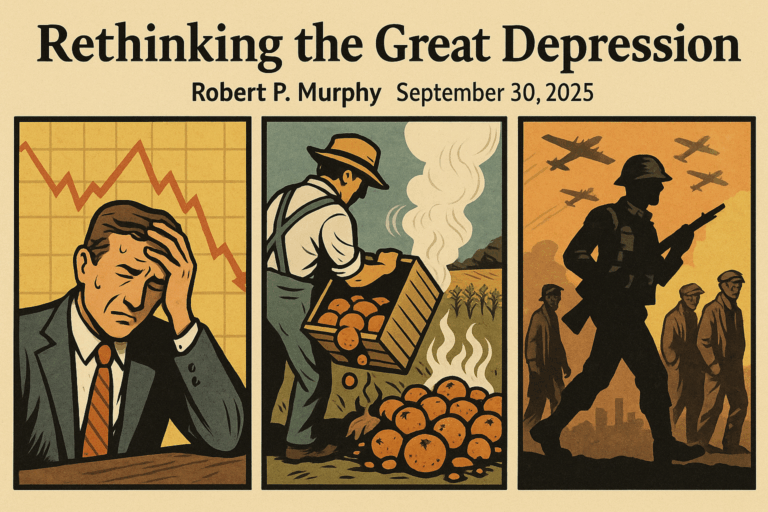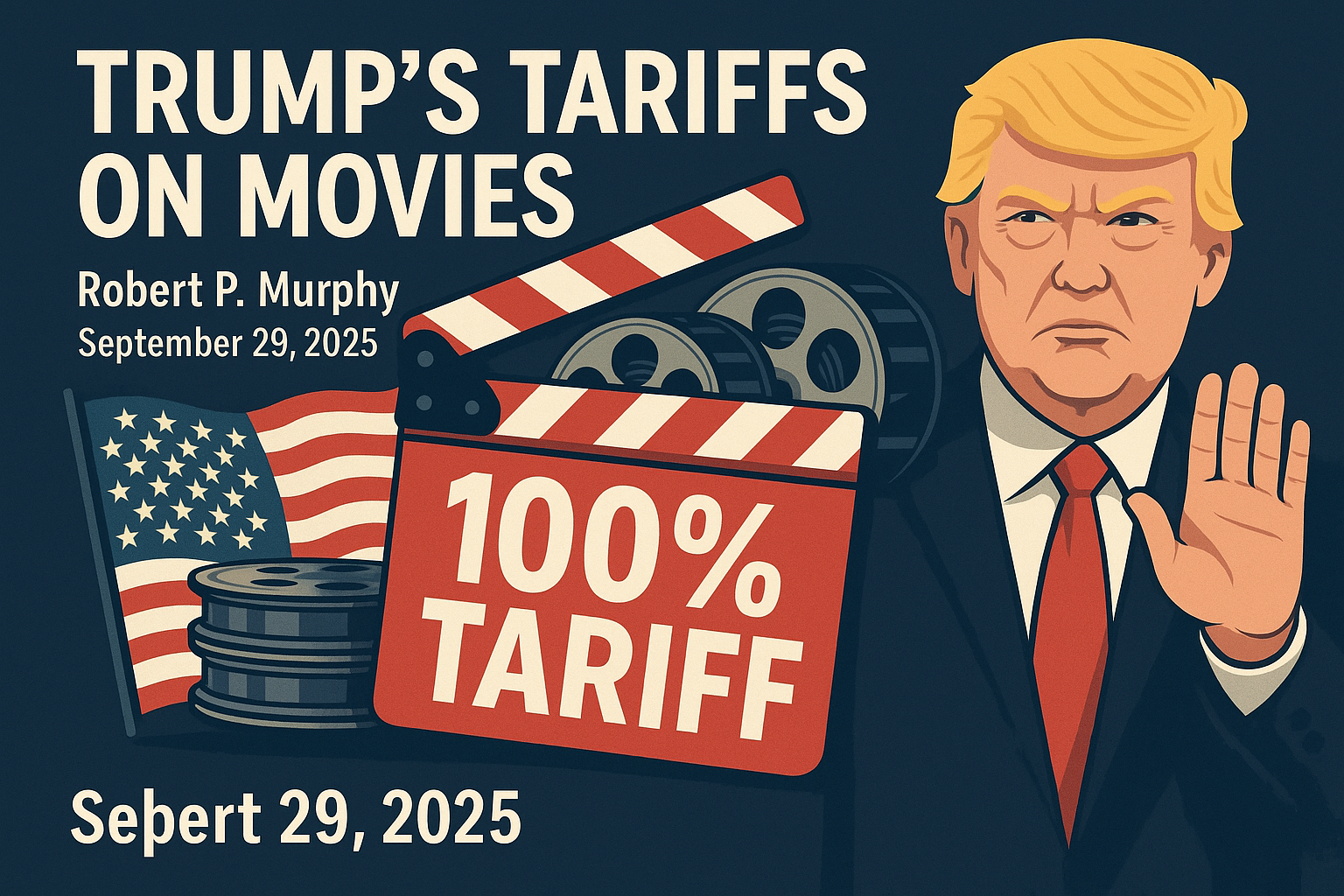In my last post, I highlighted some pitfalls in typical marketing around Whole Life insurance that stresses the “uninterrupted compounding” available to policyholders. Specifically, I showed that using a policy loan is a crucial part of the story, which (under certain circumstances) could completely offset the advantages of uninterrupted compounding. Then I also explained that there is nothing unique to Whole Life insurance in this regard: You could borrow against the value of your home, for example, and still enjoy “uninterrupted compounding” on your real estate holdings.
In the present post, I will rebalance the scales by showing why cash management with Whole Life insurance does make sense. So, the overall conclusion is that proponents of such financial strategies must carefully explain them to the public.
Lien or Withdraw? Psychological Considerations
In my previous article, I detailed the hypothetical example of Alice and Bob, who both want to purchase a $20,000 car. Alice has a Whole Life policy with an initial Cash Surrender Value of $100,000, while Bob has a more conventional savings vehicle with $100,000 in it.
When Alice buys the car, she takes out a $20,000 policy loan. The underlying Whole Life policy continues growing (we neglect the subtlety of direct vs. indirect recognition). So when Alice checks her net worth a year later, she needs to subtract the current value of the policy loan (which is growing exponentially) from her gross Cash Surrender Value to see what her net CSV is.
In contrast, Bob merely takes the $20,000 out of savings vehicle to buy the car. His principal falls to $80,000, which grows at the same rate as before. A year later, he needs to check what the principal has become; there is no offsetting lien against his asset.
Now, in the extraordinary case where all relevant rates are equal, the two strategies are equivalent, at least in liquid cash value. In my previous article, I supposed that the rates were all 4%. So Alice’s Whole Life policy grows from $100,000 to $104,000 in gross CSV, while the policy loan grows from $20,000 to $20,800. After a year, the net CSV is $104,000 — $20,800 = $83,200.
For Bob, his savings vehicle grows from $80,000 to $83,200 a year later. In this special case, we can see that the two approaches are equivalent, so it isn’t true that merely enjoying “uninterrupted compounding” puts Alice on top.
However, even if we continue with this train of thought and assume that the rates are equal, an important consideration may cause Alice to have a higher net worth in the long run. Specifically, there is the psychological factor. After a year, Alice can see that her CSV would have been $104,000 if she had delayed her car purchase. The policy loan balance (starting at $20,000 and growing at an assumed 4% annually in this example) is a constant reminder of the ramifications of her past spending decision.
In contrast, Bob doesn’t “feel” the impact of his car purchase. There is no “shadow” of the expenditure on his current finances; he just sees that he has (a year later) $83,200 in his savings vehicle.
Now, to be sure, there’s nothing “rational” about it, but in the real world, it is entirely plausible to suppose that Alice will do a better job containing her expenses going forward to free up cash flow to pay down her policy loan. The same frugality is indeed open to Bob. He, too, can watch his spending to contribute more to his savings vehicle. But again, for psychological reasons, many people feel uncomfortable with carrying debt and will adjust their behavior to reduce or eliminate it.
Therefore, for this specific reason, one could argue that Alice is likely to save more with her system than Bob does with his approach, meaning that in the long run, even with the same income, Alice ends up ahead financially.
Borrowing Against Whole Life versus a House
As I established in the previous post, there is nothing unique to Whole Life policies as an asset against which one can borrow funds. It is commonplace, for example, for homeowners to pledge their house as collateral for a loan from a commercial bank.
Yet even though the two approaches are superficially similar, there is a huge difference when it comes to the practical implementation. In the case of Whole Life, when the owner takes out a policy loan, the home office doesn’t run a credit check, verify income, ask what the money will be used for, or even insist on a payback schedule. Depending on the company, a policy loan request might lead to money directly deposited into the designated checking account within two business days.
In stark contrast, even someone requesting an overly collateralized loan against his house must undergo a tedious process. As a matter of course, the bank will probably go through all of the steps listed above, making it take far longer to get the money.
Why is the borrowing experience so different? Are the personnel at the life companies just nicer than the bank employees?
The answer is that the nature of the collateral is different. When the insurance company makes a policy loan, it guarantees the underlying collateral. Consider whether a policy owner surrenders the policy, or the insured dies; in either case, the home office pays itself back any outstanding policy loan(s) before sending the net amount out the door. Policy loans are the safest investment possible from the home office perspective; it is literally impossible for the borrower to default on them.
In contrast, when it comes to bank loans against a house, if the borrower falls behind in the repayment terms, ultimately, the bank will have to evict and sell the house. This is an unpleasant, time-consuming, and risky procedure. (The real estate market could always crash, among other hazards.) The bank doesn’t want to find itself in this position, so it typically sets up hurdles on the front end when people apply for such a loan.
As we’ve seen, it really does make sense for individuals and business owners to use correctly designed Whole Life insurance policies for cash management. Given the complete picture, the ability to borrow against such policies while they still enjoy their underlying growth is a definite advantage. Proponents of such a strategy must be careful when explaining it to the public.
NOTE: This article was released 24 hours earlier on the IBC Infinite Banking Users Group on Facebook.
Dr. Robert P. Murphy is the Chief Economist at infineo, bridging together Whole Life insurance policies and digital blockchain-based issuance.

